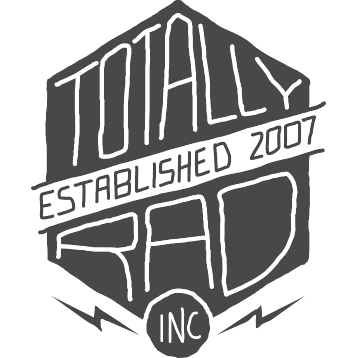Replichrome: FAQ
Do I need to shoot raw to use Replichrome?
Yes. Replichrome’s camera profiles only operate on raw images. Accurate film emulation is not possible with jpegs or other “developed” formats.
What cameras are compatible with Replichrome?
Most professional-level cameras from Canon, Nikon, and Fuji are supported. Current versions of Replichrome support the same list of cameras as Adobe Camera Raw v8.8, with the exception of Hasselblad models. At the moment, we have no custom profile support for Hasselblad digital cameras.
See the full list of supported cameras here.
What do the + and – versions of a preset mean?
All our film presets have one or more variants, labeled +, ++, -, or –. These presets emulate the look of that film when underexposed (-) or overexposed (+). Typically, underexposed versions (-) will have less contrast, lower saturation, and darker colors, in addition to faded shadows, increased grain, and some color shifts. Overexposed versions (+) will have higher contrast, more color saturation, and some tonal shifts.
What does NoGr mean?
“NoGr” stands for No Grain.
What are the Frontier™ and Noritsu™ versions of each preset?
The color film presets come in two broad flavors: Frontier and Noritsu. These are emulations of a particular film when digitized using either a Frontier or Noritsu scanner. When conducting our research for Replichrome, we recognized that the equipment a lab uses to digitize its film has a profound effect on the finished product, so we chose to account for that choice by making separate presets based on the look of each scanner. Generally, Frontier versions have cooler shadows, lower saturation, darker reds, and a “flatter” look. Noritsu versions generally have more color saturation, warmer shadows, and are a bit punchier overall.
What are the Noritsu and Calibrated versions of each preset in Replichrome II: Slide? Why isn’t there a Frontier version of these presets?
Because a Frontier scanner is not ideal for scanning slide film, we replaced it with a custom, calibrated scan performed in-house. Each film stock in Replichrome II includes both a version of the film as scanned on a Nortitsu scanner and a version as scanned on a calibrated flatbed scanner.
Why don’t the Replichrome presets look exactly like my film?
The final look of real film is influenced by a LOT of variables, and we can’t account for all of them in our emulation profiles. The setup of your lab, the scanner they use, the experience and taste of the lab tech, your exposure and lighting habits, age of the film, etc all influence the final look, so it’s nearly impossible to have an exact match for any film in a general sense. Our presets are based on film sent to Richard Photo Lab in Hollywood, CA, which is a highly regarded professional lab, and our presets are generally a pretty good match for film sent there.
What do you recommend for a Replichrome-based workflow?
Start by applying a film preset that you like to the images you’ll be working with, and modify the look of the preset with tools from the Workflow set if you’d like. You can even do this at import time in Lightroom. Then, adjust exposure and white balance on the images individually as needed. Usually, that’s ALL you’ll need to do.
